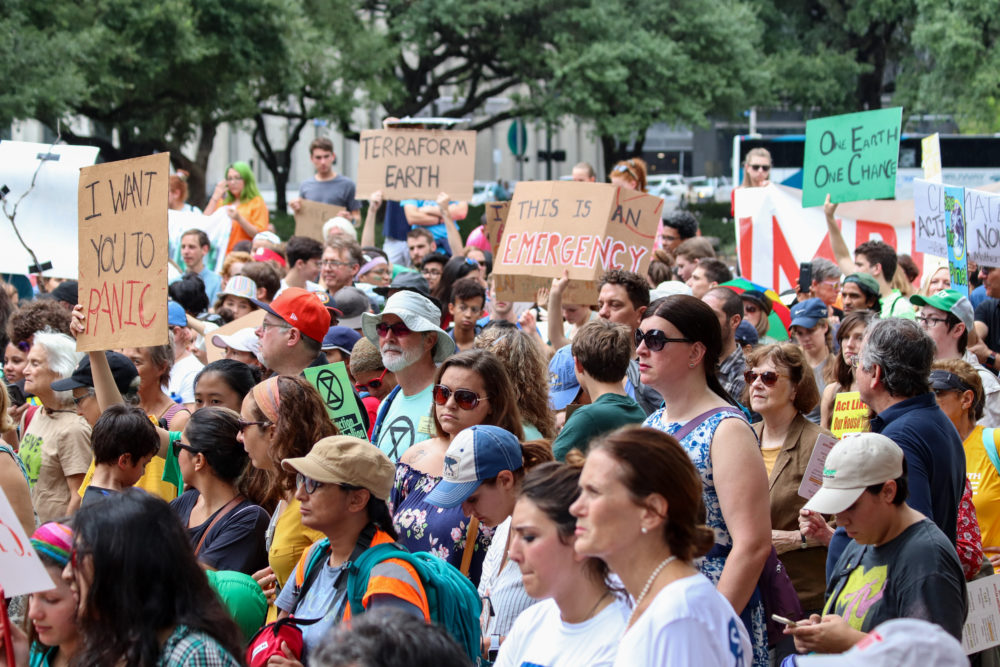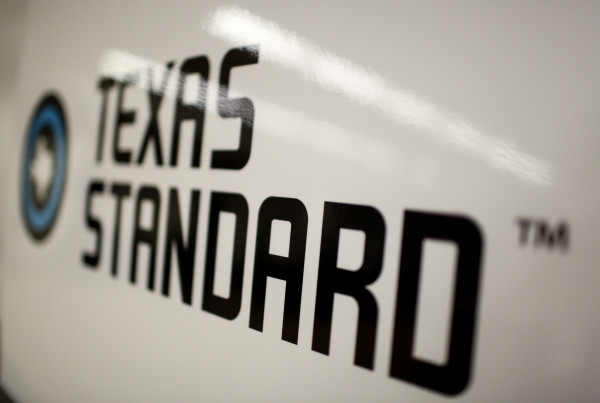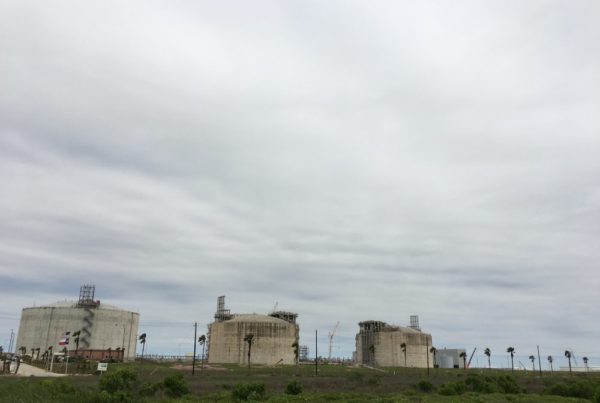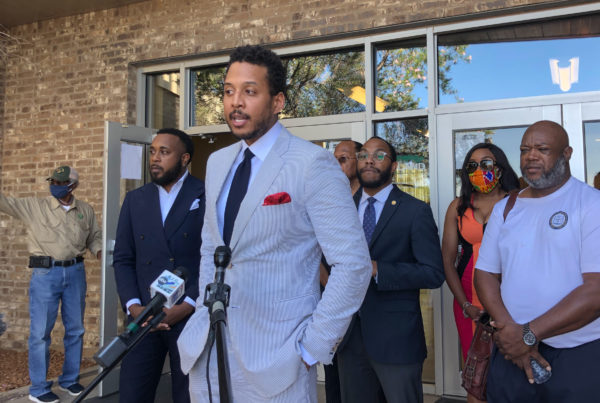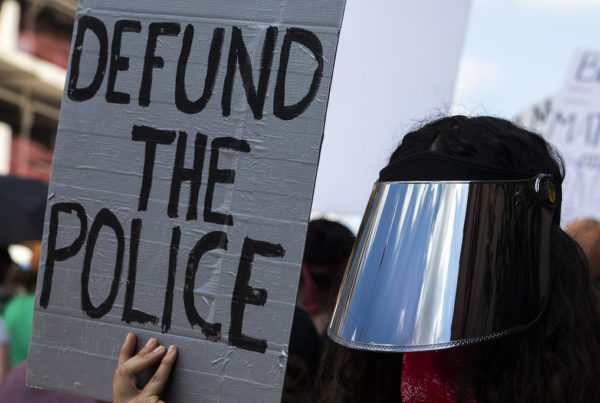From Houston Public Media:
After six major flooding disasters in five years, Houston finally debuted its first-ever Climate Action Plan.
It comes as cities around the world are trying to become carbon neutral by 2050 to meet the goals of the Paris Climate Agreement.
Houston has one of the highest per-capita emissions of greenhouse gases in the country, and the plan aims to reduce its emissions by 40% by 2030, with the ultimate goal of becoming carbon neutral by 2050.
The plan has been heralded as a good first step by environmentalists, business leaders and city officials.
“I’m really glad that we’re at a place where we can start talking about climate action in Houston,” said Stephanie Thomas, a researcher and community organizer with Public Citizen.
The plan itself is 100 pages long, so we’ve dissected it for you. Below are five key things to know about the plan moving forward.
1. It focuses on reducing emissions in four main areas
Of the total amount of greenhouse gases emitted in Houston, 49% comes from the energy generated to power homes, businesses and industry, 47% comes from transportation and 4% is from waste management. With that in mind, the plan focuses on taking action across four areas: transportation, energy transition, optimizing buildings to be more energy-efficient, and waste management.
Transportation goals include switching to electric vehicles and expanding public transportation options, while waste management focuses on reducing the amount of waste going to the landfill, boosting recycling and creating power from waste.
Of all the actions, most experts agree that there are two things the city can tackle pretty easily: powering its buildings with renewable energy and switching its fleet to electric vehicles. In fact, the city already announced that, starting July 1, 100% of its buildings will be powered with renewable energy. (Currently, 90% of its buildings are powered with renewable energy.)
Both of those actions were already underway prior to the Climate Action Plan. In fact, the Climate Action Plan includes a lot of initiatives that were already underway.
“I could point to any number of existing city programs that are already out there in the works,” said chief sustainability officer Lara Cottingham.
2. But that alone won’t meet the goal
Even with the planned reduction in emissions, it still won’t be enough for the city to reach net-zero. So, the plan also includes strategies for offsetting emissions by removing carbon from the air. One simple way to do this is by planting more trees, which naturally remove C02 from the atmosphere — under the Climate Action Plan the city aims to plant 4.6 million native trees by 2030.
But beyond planting trees, one of the goals is to make Houston a leader in developing carbon-capture technology. CEO of the Greater Houston Partnership, Bob Harvey, said this is one of the areas the business community is most excited about.
“We see that one as being very appropriate for the Partnership and the business community to take the lead on,” he said. “It’s a technical issue, how do we remove the carbon from a gas stream? How do we find some use for that carbon? How do we create the infrastructure to move it around?”
But some environmental groups have raised concerns about putting too much emphasis on developing this technology.
“A lot of carbon capture is used to actually inject it in the subsurface and bring more oil up from the subsurface reservoir,” Stephanie Thomas from Public Citizen said. “So how we treat how that carbon is used, whether it goes toward permanent storage versus being used to help pull more oil out of the ground to burn, makes a difference in the potential benefit from that particular tool.”


